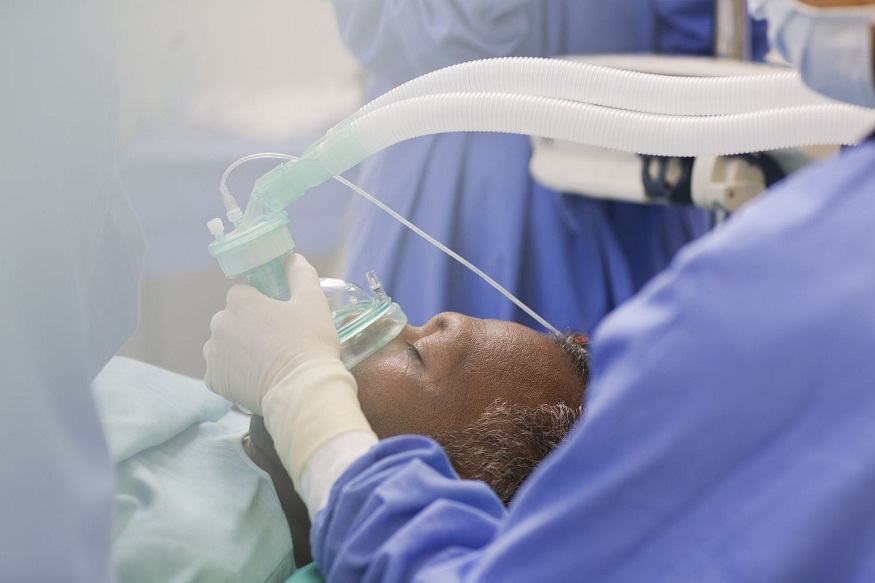Anesthesiologists face unique challenges each day. Their role is critical during surgeries and procedures, yet it often remains behind the scenes. They manage more than just sedation. Their duties include handling emergencies like abdominal pain Great Neck, ensuring patient safety, and maintaining vital signs. These experts juggle high-stress situations with precision and care. Understanding their struggles can foster appreciation for their vital contributions to healthcare.
The Complex Role of Anesthesiologists
Anesthesiologists do more than administer anesthesia. Their work starts before the patient enters the operating room. They assess patients’ medical histories and develop anesthesia plans tailored to individual needs. During surgery, they monitor the patient’s vital signs and adjust the anesthesia level as needed. After the procedure, they ensure patients recover safely. Their scope of practice extends beyond the operating room, involving pain management and critical care.
Common Challenges Faced
Every day, anesthesiologists tackle a range of challenges:
- Patient Safety: They must balance effective anesthesia with safety, monitoring vital signs like heart rate and blood pressure.
- Decision Making Under Pressure: Quick, accurate decisions are crucial, especially in emergencies like allergic reactions or unexpected complications.
- Communication: Collaborating with surgeons and nurses requires clear and open communication to ensure patient well-being.
Work-Life Balance
The demanding nature of their job can impact work-life balance. Long hours and the need for on-call availability can lead to fatigue and stress. Anesthesiologists often navigate the challenge of maintaining personal time while meeting professional demands. Strategies for managing stress and ensuring personal time are crucial for their health and job satisfaction.
Education and Training
The journey to becoming an anesthesiologist is long. It requires years of education and rigorous training:
- Undergraduate Degree: Typically in a science-related field.
- Medical School: Four years of medical education.
- Residency Program: Four years focused on anesthesiology.
Some may pursue subspecialties, requiring additional fellowship training. This extensive training ensures they are well-prepared for the complexities of the role.
Anesthesiology in Numbers
| Aspect | Detail |
| Average Work Hours per Week | 55-60 |
| Years of Education and Training | 12-14 |
| Median Salary | $386,000 |
The data above highlights the commitment and dedication required in this profession. Balancing long hours and maintaining a high level of competency is a testament to their dedication.
Importance of Continued Learning
The medical field is always evolving. Anesthesiologists must stay updated on new techniques and technologies. Continuing education courses and certifications are part of their ongoing professional development. The American Society of Anesthesiologists offers resources to help them stay current in their field.
The Unsung Heroes
Anesthesiologists are integral to successful surgeries and patient care. Their ability to manage complex situations with skill and calmness makes them unsung heroes of medicine. Their work ensures that patients undergo procedures safely and with minimal discomfort.
Recognizing their contributions and understanding the challenges they face can foster greater appreciation for their role in healthcare. By addressing these challenges with resilience and expertise, anesthesiologists continue to make a positive impact on patient outcomes and the medical field as a whole.

